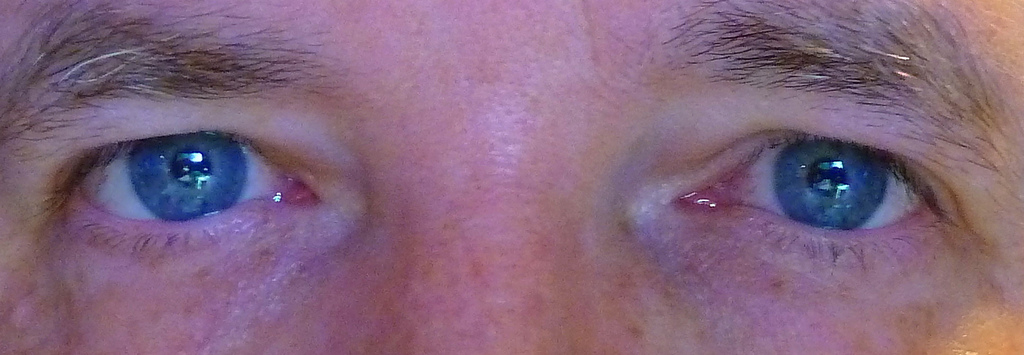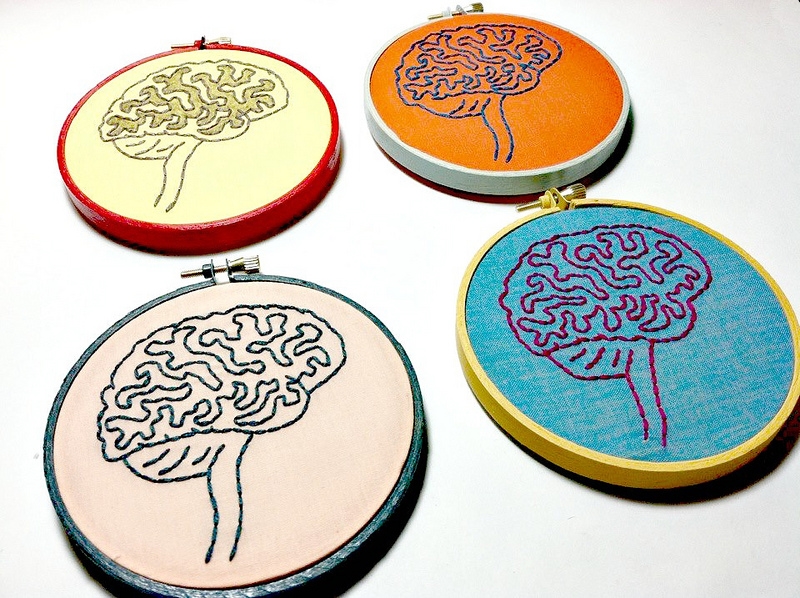Macular Degeneration

There is something mystical about sight. Vision is so mechanically complex that we all take our eyesight for granted until something goes wrong. As we age there are numerous ways that our eyesight can be compromised. Many of us are familiar with cataracts and understand what they do to blur vision. Cataracts are one of many possible vision problems as we age. Lately, my attention has been drawn to a number of my friends at Sierra View Homes and family members who have been diagnosed with macular degeneration. I realized I did not know much about the disease and became interested in understanding macular degeneration better.
In a healthy eye, the eye receives and processes light. The retina takes the light and turns it into signals that the brain interprets as visual images. The macula is part of the retina where the detailed central vision happens. Peripheral vision is the side vision and is the less acute vision and is not affected by macular degeneration.
People 50 years and older can be affected by Adult Related Macular Degeneration (AMD). AMD happens when the macula part of the retina is slowly destroyed, and represents the leading cause of vision loss in older adults. People who have macular degeneration talk about how blurred the central part of their vision is. AMD affects the central vision of one or both eyes by causing blurred vision and shadows that create blind spots. This causes problems with activities such as driving, sewing and reading. b
There are two forms of AMD: wet and dry. Either version can cause severe vision loss. The dry form is the most common. It has three stages, early, intermediate and advanced. The dry AMD increases slowly as the light-sensitive cells in the macula gradually break down causing the central vision to blur. There are few symptoms in the early stages so you may not be aware things are changing. AMD is not painful and if you are not getting regular eye exams you may miss the early symptoms. In the later stages, the blurred vision is the most common symptom. AMD usually does not affect both eyes equally. You can have it in one eye, or it can be in both eyes but in different stages.
The wet AMD is the advanced form of AMD. People who have the dry AMD are at risk of the disease progressing to the wet AMD. Wet AMD happens when new blood vessels under the macula leak blood and fluid causing the macula to break down quickly. Blood and fluid can cause the macula to swell damaging the retina and create scarring of the retina. Wet AMD causes the central vision to become distorted. Straight lines look wavy and blurred. It can also cause a blind spot that is in the center of your vision. The good news for people with wet AMD is that eye care professionals can delay or even stop the progression of the disease. There are several therapies that could be done. None of them are a cure for AMD. It is important that you work closely with an eye care professional to determine what is the best therapy for you.
AMD affects older adults. People who are 50 and older should get regular testing done. As we age our chances of AMD increases. Caucasians are more likely to get AMD than people of other nationalities. If you smoke you double your chances of AMD and if your grandparents or your parents had AMD you are at higher risk.
Research is telling us to avoid smoking, exercise, maintain normal blood pressure and cholesterol levels, and eat a healthy diet with an abundance of green leafy vegetables and fish to reduce the impact of AMD. Have regular eye exams and follow your eye care professional’s advice to slow down or stop the progression of the disease.
In my discussions with people with macular degeneration, I sense the frustration of not being able to do the things that once were so easy. It becomes difficult to sing out of the hymnal in church because the eyes can’t focus to read the print of the song. Using the computer becomes more frustrating because there is not enough contrast to see clear enough to work the different functions. Driving becomes difficult when you need to look all directions and have a spot you can’t see through. The central part of our vision is necessary for so many tasks. It would be easy to become depressed. If someone you know has AMD, it is important to stay supportive and to help the person as they work on rearranging their life style to accommodate the vision changes. There is no cure for AMD but with support those affected by AMD can lead a happy healthy lifestyle.




